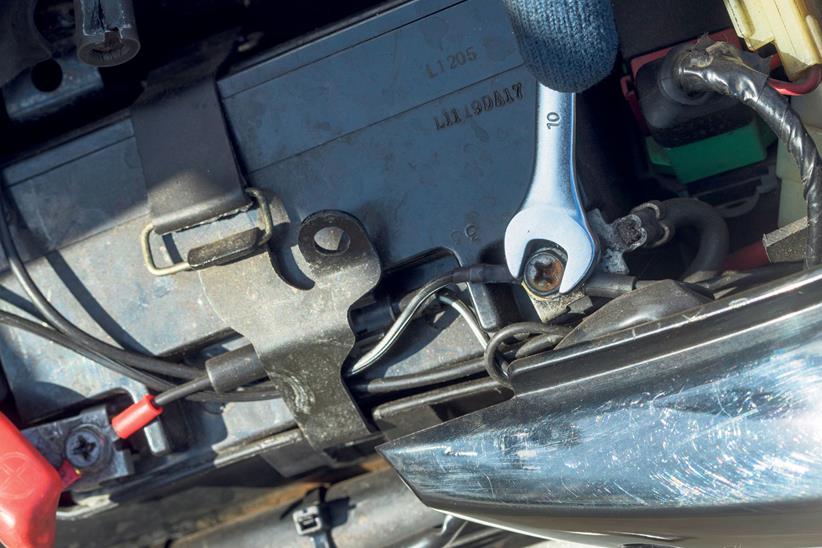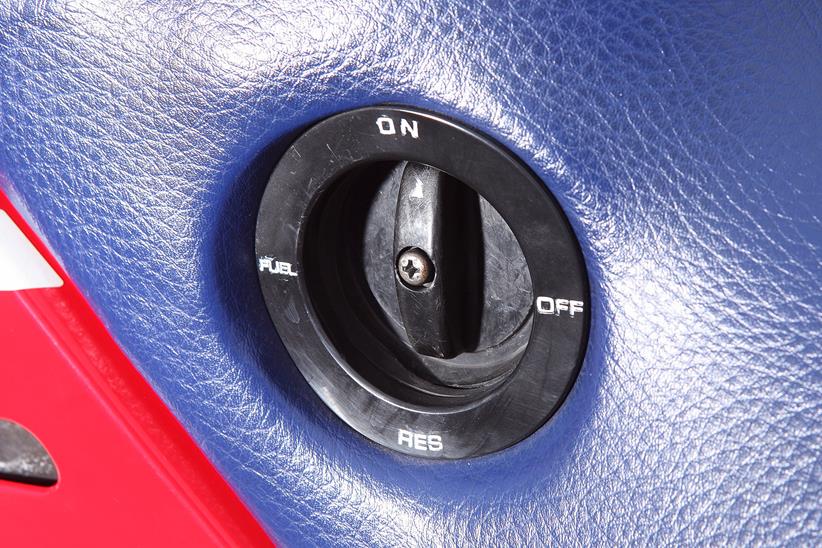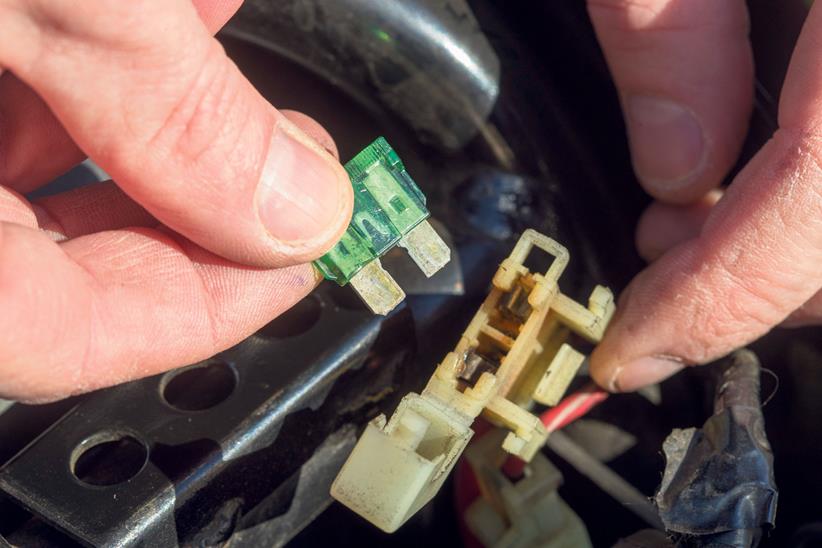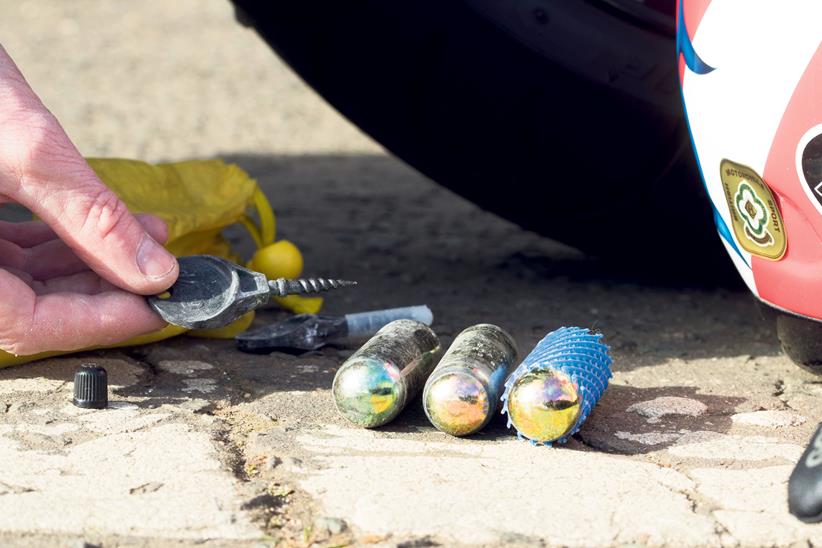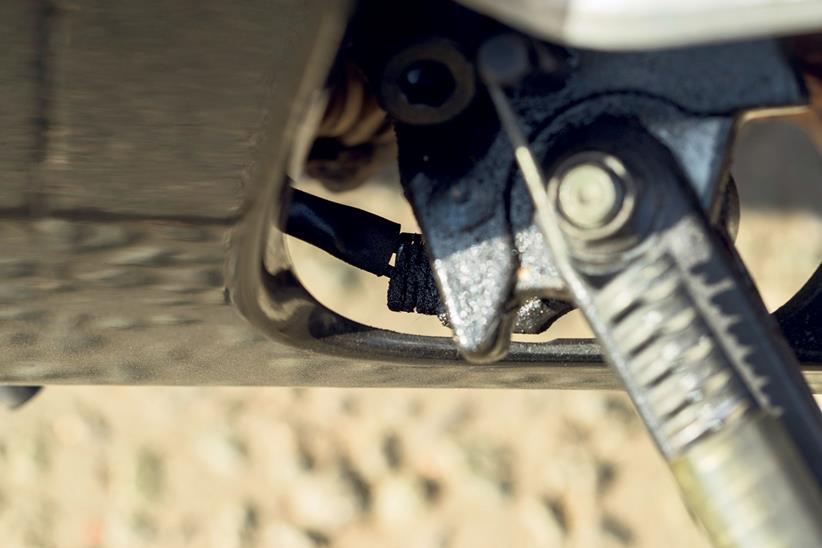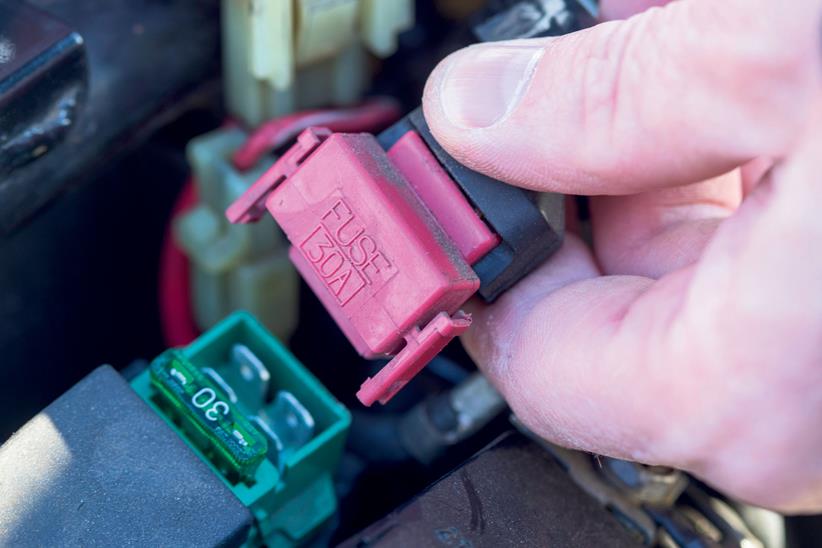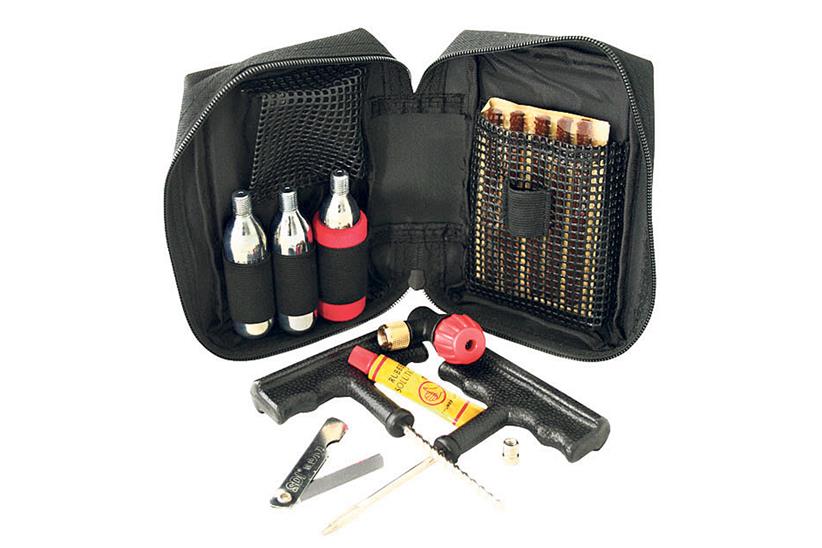Repairing your motorcycle on the move
Learning to fix your motorcycle at the roadside is a skill all bikers need. It can happen to the best of us – you thumb the starter after stopping for a rest break and nothing; your bike doesn’t want to know. Or worse still, you’re cruising down the motorway and everything cuts out…
- Related: Best mobile toolkits
Those of us who blasted around on a 250 or 125 bike on L-plates in our teens were unwittingly equipped with knowledge of how to cure a broad range of mechanical motorbike faults. But modern machines are more reliable, so there’s a generation of riders who’ve had less experience of coaxing a bike back to life.
There are a few faults you can check for yourself, and in this guide we will run you through some of the more common failures, and offer solutions.
There are a few things that are unlikely to be remedied at the roadside, such as seized engines or gearboxes that will prevent the bike from even running. Issues like leaking shocks and forks, engine oil leaks and subframe failure will make it unsafe to continue a journey, so recovery is the best option.
However, there are other faults that are engine and chassis related, which could tempt you to ride on at a lower speed until you get home.
If you do need recovery, even if you aren’t a member of an organisation like the AA or RAC, some will let you join if you’ve already broken down. You usually need to sign up for membership for the year, and there are some limitations such as how far you can be recovered for that first rescue.
But if you find yourself at the roadside with a bike that refuses to start, try getting yourself back rolling before you face the long wait for that very, very nice man.
1. Don’t forget the kill switch
![]()
There’s always the potential of your bike suffering a breakdown or mechanical/electrical failure. Fortunately, when this happens, there are a few faults that you can check for yourself. Firstly, in the event a bike refuses to start, the kill switch is an obvious and easily overlooked culprit. Check the switch is in the correct position and also that any connectors leading from it are firmly pressed in.
2. Next, try the sidestand switch
![]()
The sidestand has a safety switch that will prevent the engine starting if the stand is left down. Due to its position behind the pivot point where the stand is mounted on the frame, this switch can attract corrosion and sometimes stick, causing failure. If the actuating plunger is stuck, pull it out manually and also check any connectors and wires leading from this switch are properly connected and not damaged.
3. What about the clutch?
![]()
The clutch lever often has a switch that won’t let the bike start unless the lever is fully pulled in. This is a secondary safety measure to prevent the bike being started in gear. It’s possible this could malfunction, so check any connectors that lead to it and the switch is secured correctly. Generally, these don’t give problems but if you’ve fitted aftermarket levers it could be something to be aware of.
4. Check for a loose battery connector
![]()
The symptoms of a loose connector are usually obvious – the starter motor won’t have enough surface area to conduct the current needed for engine starting so a faint ticking is heard when the starter is pressed. Look for intermittent failure of the lights, too. If you discover a loose connection, tighten up either with a spanner or screwdriver.
5. Inspect the fuses
![]()
Blown fuses cause individual components, such as headlights, to fail. This can be a big problem at night and finding a blown fuse in the dark can be impossible. Familiarise yourself with the fuses’ location and remember, they’re meant to be the weakest part of a circuit so don’t be tempted to fit a higher amp fuse to ‘fix’ a reoccurring blown fuse.
6. Look at the solenoid fuse
![]()
The starter solenoid fuse is often overlooked as it’s separate from the main fuse box. Connected directly to the battery, a blown solenoid fuse gives the same engine starting symptoms as a loose battery connector. Ensure the connectors are tight – usually a 10mm nut. Often there is a single fuse on the solenoid, make sure it’s not blown.
7. Have you got any fuel?
![]()
Check your petrol by looking inside the tank, or checking the gauge. If there’s plenty of fuel but your bike is still displaying the symptoms of running out, make sure that the tank cap breather tubes are not blocked. A symptom of this is the sound of air rushing in when you open the petrol cap. If so, raise the fuel tank and check the breather hoses.
8. Check the fuel tap (if you’ve got one!)
![]()
This is only applicable to older or modern smaller capacity machines. Having your bike’s fuel tap switched to the wrong position can be the cause of many so-called ‘breakdowns.’ Older bikes that run off carburettors were often fitted with a fuel tap. This is often mounted at the bottom edge of the fuel tank. The tap will have three positions; On, Off and Reserve. Check the fuel tap is turned On or in the Reserve position.
9. Carry a puncture repair kit
![]()
This is the cause of a huge amount of call outs to recovery services. A puncture – often caused by a nail or foreign object damaging the tyre – isn’t necessarily ‘game over.’ There are a number of puncture repair kits around that can be carried under your bike’s seat. These are easy to use and act as a temporary repair until you can get the tyre either replaced or inspected by a tyre dealer.
The motorbike repair kit to carry:
![]()
- Essential tool kit – £15-£20
The basics will help you pluck out fuses for checks and tighten bolts or screws.
- Puncture repair kit – £20-£40
If the hole in the tyre is 6mm or less then it can be plugged so you can get back on the road.
- LED torch – £5
A small LED torch will run for hours and will let you see what you’re doing in the dark. Stash one under the seat for emergencies.
Promoted: Get all the parts, tools and consumables you need for this job from https://www.mandp.co.uk/

